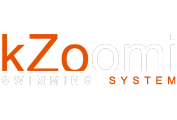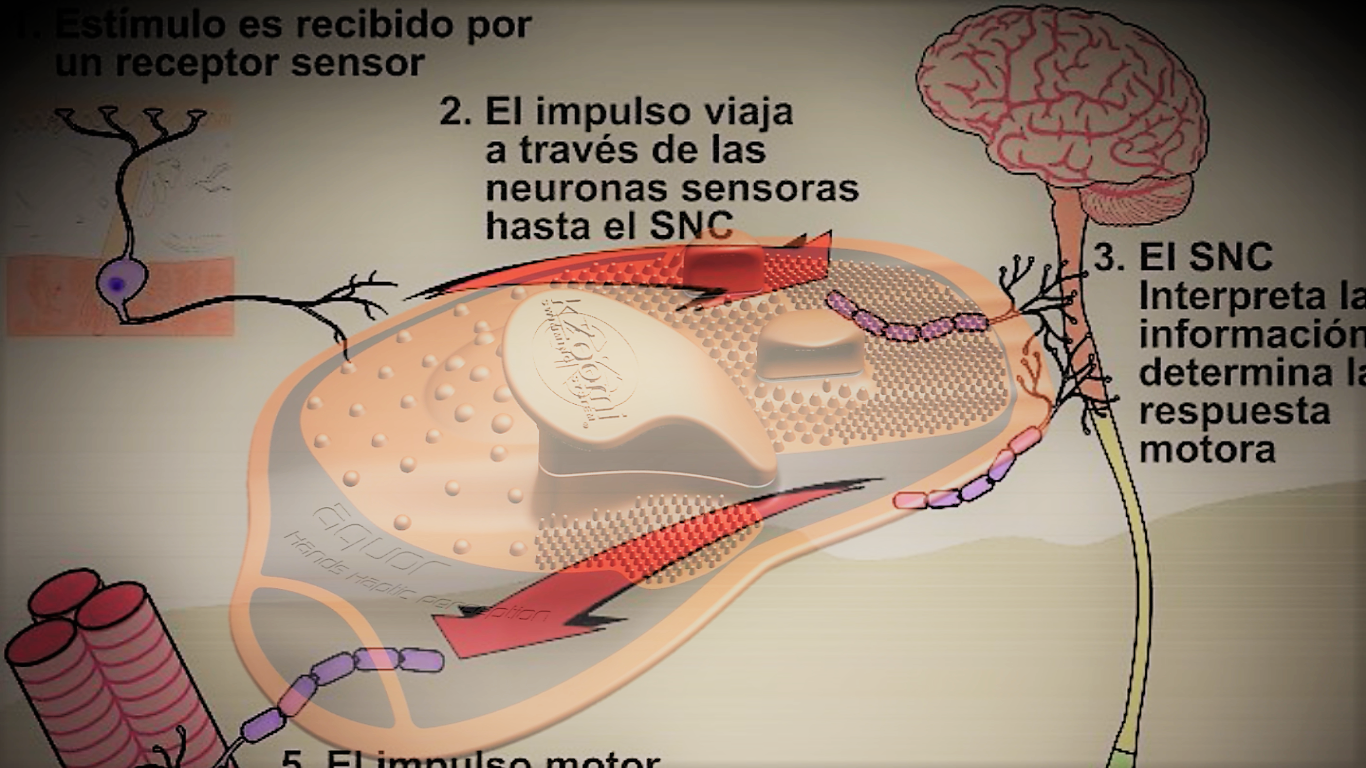Information, process and execution
Different ways of Processing Information for Motor Execution in Swimming Strokes
In swimming learning and training, stimulation, perception, integration and organization of each body segment information, due to alterations suffered by the environment’s nature and this sport’s postures, need tools that help us being especially effective in responses and achieving to organize each action in its own way.
Our NS has elements hierarchically organized at the time of receiving, processing and transmitting convenient orders by the distinctive pathways and muscles. Analytic exercises that we have always chosen and implemented in general swimming have caused certain belief or skepticism because of the level of transference they will have in each case. Less complex actions follow different paths to the most general or difficult ones, and considering these can help us to achieve our goal, that is not other than having an effective style, economically profitable and, on top of that, long-lasting.
Learning and behavior modification by sensory-motor integration:
After analyzing the top world class swimmers, conclusions of the modern biomechanics are clear. The learning and training process, on many occasions, has generated doubt about the analytical, global and combined work. The reality we face, being extremely objective, is formed and organized in training classes or sessions, in which the time factor is against us. Specificity and effectiveness must be our work goal, and understand and control the various mechanisms of our nervous system is the best strategy to follow.
Touch and proprioception are important, the most important ones if you would, and moves guided by stimuli, serial moves, the ones that generate fewer issues and have greater integration ease for the Primary Motor Cortex control in Betz’s neuron, which is able to act by its own in these simple moves.
Haptic Perception, through voluntary action and adequate stimuli, is the mechanism to use in swimming learning and training, in order to integrate less complex moves and give more appropriate answers.
Simple moves guided by stimuli provide information for the CPM, which comes from the spinal cord, proprioception system and touch, and also from somatosensorial areas, visual and hearing association area, attaining a high convergence degree of information. These are movement that do not need Basal Ganglia. Stimuli are constantly sending information that gives the necessary feedback, resembling spinal reflexes, but in a conscious way. In this way, the answer of the Cortex has a direct and fast effectiveness over the behavior we want to change.
In the case of proactive materials, due to their arrangement, morphology and technical characteristics, have a the benefit of intervening in this process, for which they have been designed with efficiency and profitability, in search of contributing in one the main values of sports training: specificity.
Learning and behavior modification in complex movements:
In global swimming coordination of the different styles, the complexity of moving in balance needs more sophisticated mechanisms when it comes to organizing and responding appropriately. There are two types of movements. Those that come from external stimuli and those that start from the inside. The Prefrontal Cortex, in charge of preparing the movement to give the order to the CMP, needs to receive information to give an answer and this, in an environment like water with the distortion that can cause us, needs the use and constant variation throughout the training of proactive materials, called like that because they are constantly interpreting data and preventing and minimizing the most common mistakes.
Precision in execution, as well as response time, are experience functions and with their use speed and facilitation improve and increase. The problem swimmers and triathletes have is that visual or auditory stimuli are very limited in our sport, and therefore touch and proprioception take center stage. Executions directed and controlled by proactive materials have delayed response times with respect to executions without them or with other elements, in order to later achieve a much higher harmony and relevant efficiency.
Complex movements require information from the Prefrontal Area (working memory) to plan such action. Movements generated with external stimuli are faster (120-150 ms), and those internally generated need the Basal Ganglia (and take several hundred ms). The Supplementary Motor Area is basic and begins to organize complex movement to get the Premotor Cortex ready. In a process of motor reeducation or change of swimming style and correction of errors, this procedure requires conscious thinking in order to incorporate this information and use the necessary ways to create new motor circuits.
Our thinking activates the Supplementary Motor Area and movement can be trained only with that thinking. Skillful movements without external stimuli coming from Basal Ganglia, could be part of the training session to visualize and help the hierarchy of processing and integration to communicate with greater speed and precision, gaining a lot of time in the acquisition of learning or erroneous behaviors modification; for example, in breaks.
During combined usage of kZoomi materials, constant stimulation of different parts of the body is incorporated to maintain a continuous activity in areas of motor response organization and distribution:
- AQUOR: positioning of hands and translator of pressures and angles of attack.
- NEXU: alignment and convergence as well as reference and synergy.
- SUMMA: positioning, balance and sense of general displacement tension.
- ALITER: posture and sensitization of the most distal part of our body.
All of them need the NS components, and the NS needs them to work in synergy and conjunction, making necessary their combined work throughout the session to obtain the best result.
In the first trainings, working memory of the Prefrontal Cortex becomes key and takes center stage, although the proactive materials design has been organized in such a way that controls and assists the performer in minimizing errors and being more effective.
In complex movements, typical of swimming without stimulation, the Supplementary Motor Area, activated by the Basal Ganglia, is responsible for organizing the entire process and giving orders to the Lateral Premotor Area. This is a distinct situation from when there are differences in other areas, as occurs if there is a stimulus coming from the Somatosensory Area or areas of visual or vestibular association, more typical of swimming with material. In that case, they would arrive directly at the Lateral Premotor Cortex. In any of them, all this information will reach the Primary Motor Cortex for its transmission towards organized action.
“Learning by stimulation is faster and more direct than the internally initiated, as it heads directly to the PreMotor Area, and from there to the Primary Motor, kickin off the motor action process.”
Any of the previously mentioned pathways are mandatory to conciliate, in benefit of a common purpose, the necessary information to enhance perception, organize sensations and response as part of a mechanism, complex but manageable. We must carefully use hierarchy characteristics of the Nervous System components, while negotiating with stimuli distribution during training, in order to reach the sought-after objective and not overloading certain behaviors that hinder our style.
kZoomi's Proactive Swimming uses these resources we humans have at our disposal, implicit in the morphology of proactive elements and characteristics of use, as well as in the methodology of use to achieve the best performance in training and teaching lessons. Swimming and triathlon must go hand in hand in the acquisition, development and implementation in the aquatic environment, logically regarding particular adaptations of each sport.
We bear in mind that optimizing resources synergistically benefits our emotions and provides us values of sports activities, which we should not forget regardless of the level at which we find ourselves. This contribution becomes more a model that a method, of wide spectrum, which helps us face unbalance that can make our activity something less valuable than it should be, and makes sense to a personal and sustainable high performance.
J. Bonal Pedrón
Share this article




